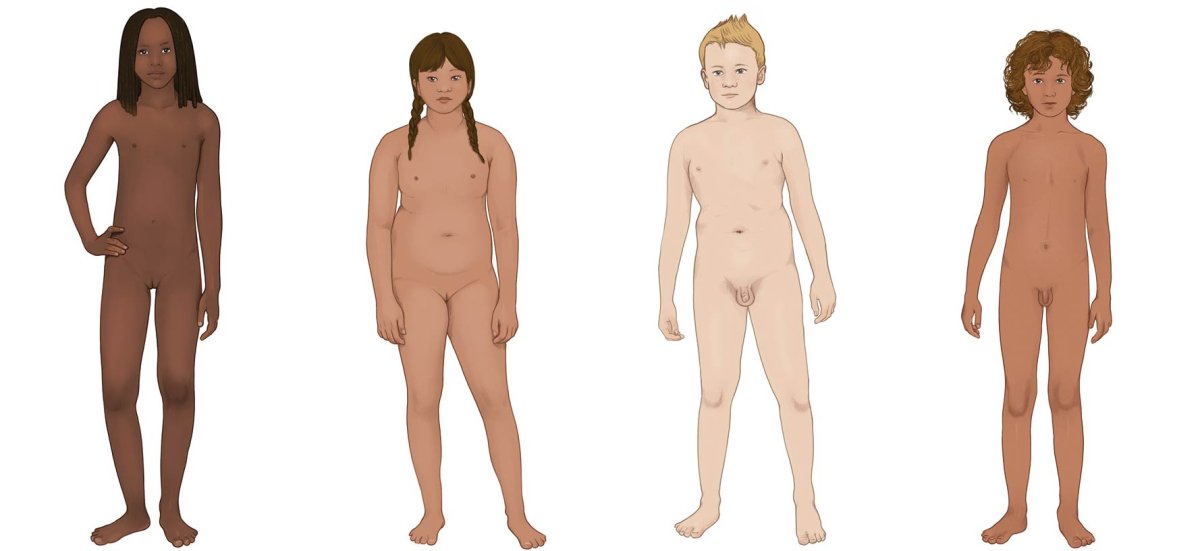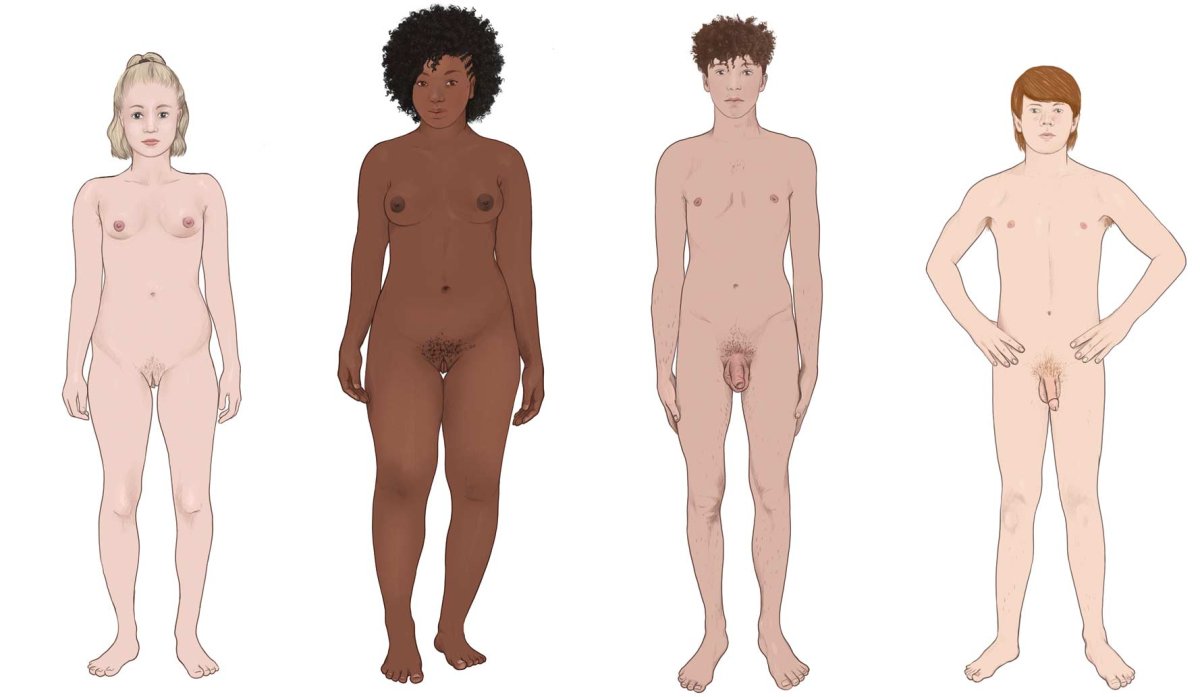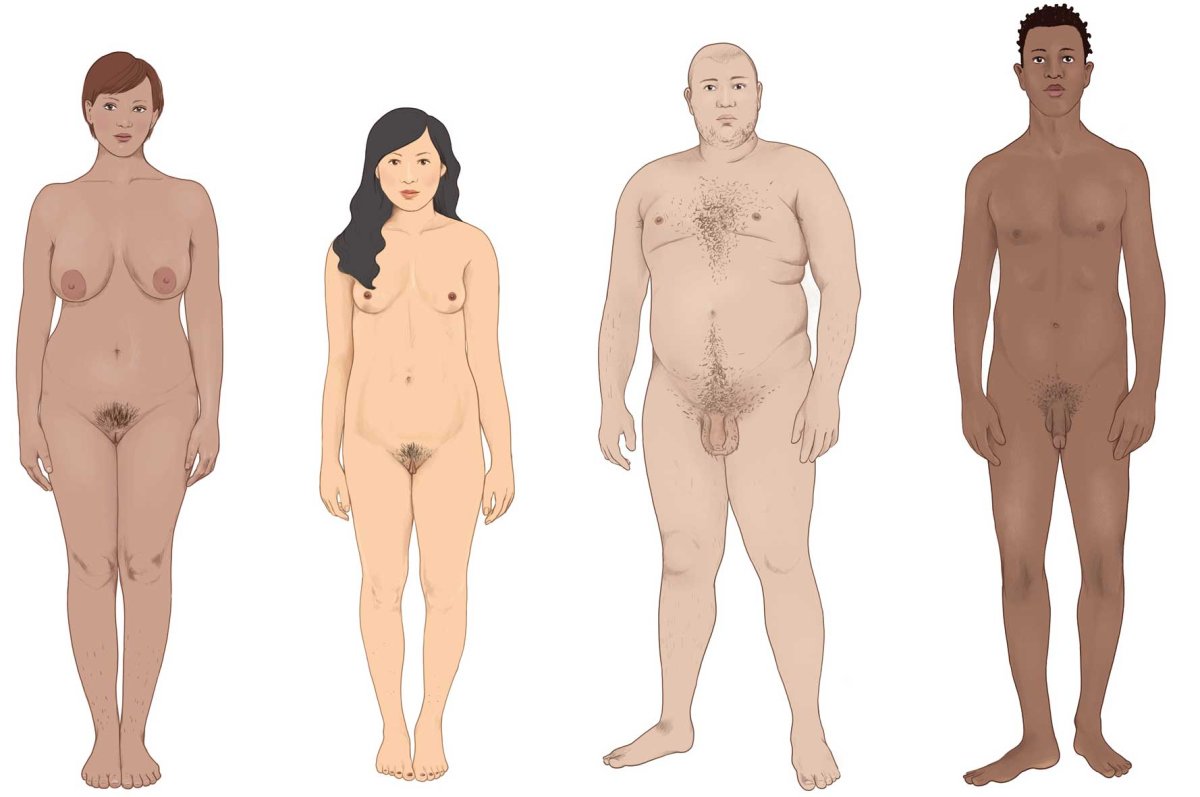When does puberty start and when does it end?
Before puberty, biological gender hardly has any effect on a child's physical stature, facial appearance or voice. These differences are usually only recognizable by external sex organs, although they are not fully developed. That changes at puberty.
It is still not clear what actually triggers puberty. Girls start puberty at around age nine. Boys don’t start until they’re around eleven. At that point the brain sends signals to the adrenal glands to start producing sex hormones. One of the things that the hormones are responsible for is the development of the gonads (testicles and ovaries). Once they have matured, they take over the production of the sex hormones and release them into the bloodstream in larger amounts.
Puberty ends in stages: Girls reach sexual maturity by the age of 14 and boys do by the age of 16, in some cases even earlier. In other words: Girls are then able to get pregnant and give birth, and boys are able to father a child. Girls’ bodies normally stop growing around the age of 16. Boys have usually finished growing by the time they’re 19. But it can take up to the early twenties for the last physical changes to happen. This can even take a little longer in boys.



